With the best theme song in TV history.
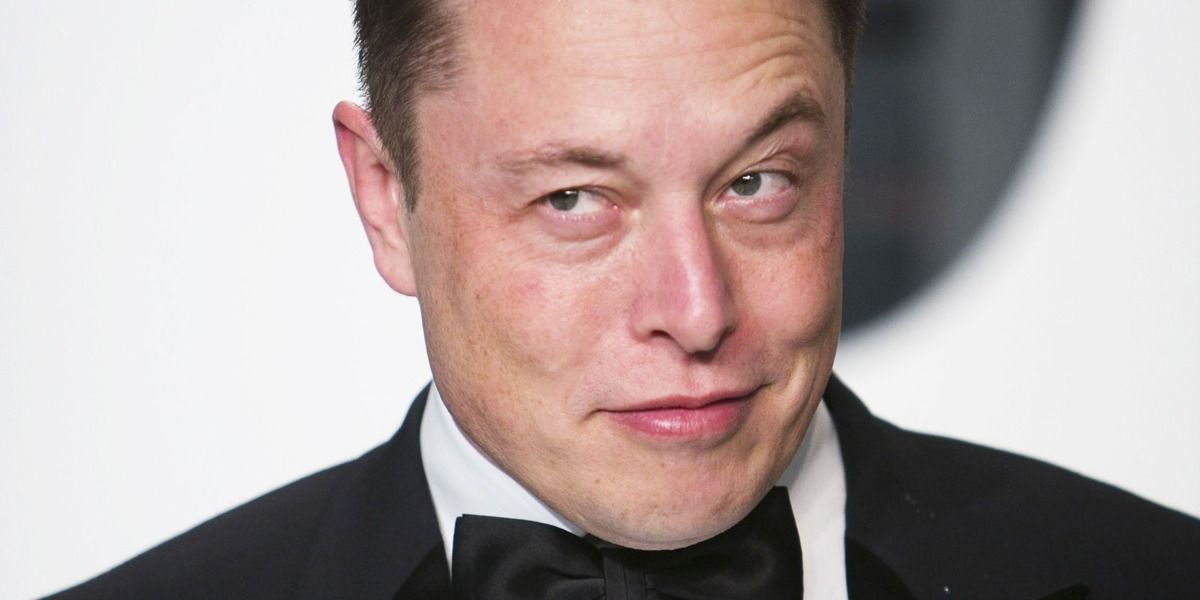

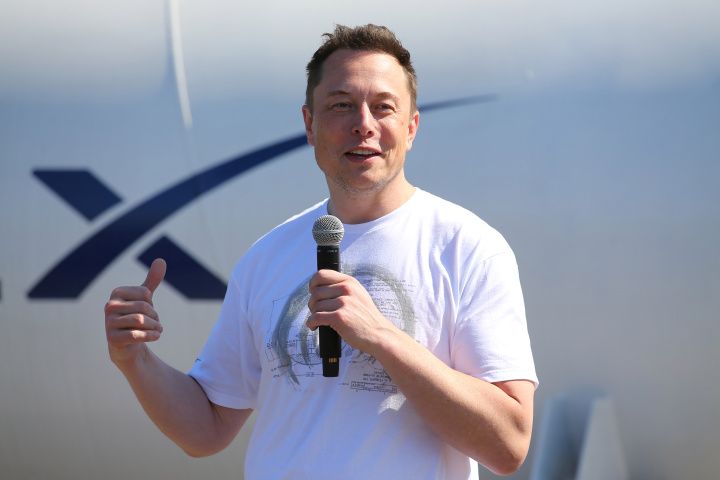
Musk said he’s “confident” the plan will be under way within five years.
“I can’t think of anything more exciting than going out there and being among the stars,” Musk said, adding that he thinks SpaceX has figured out a way to make it affordable by using revenues from the company’s satellite launches, service missions to the International Space Station and by making smaller, more efficient rockets that are mostly reusable.
Nine years after SpaceX’s first successful launch — its fourth ever — Musk said his engineers are now perfecting propulsive landing. He believes the BFR rocket can carry out missions to the moon and back without producing propellant, enabling the establishment of a lunar space station.
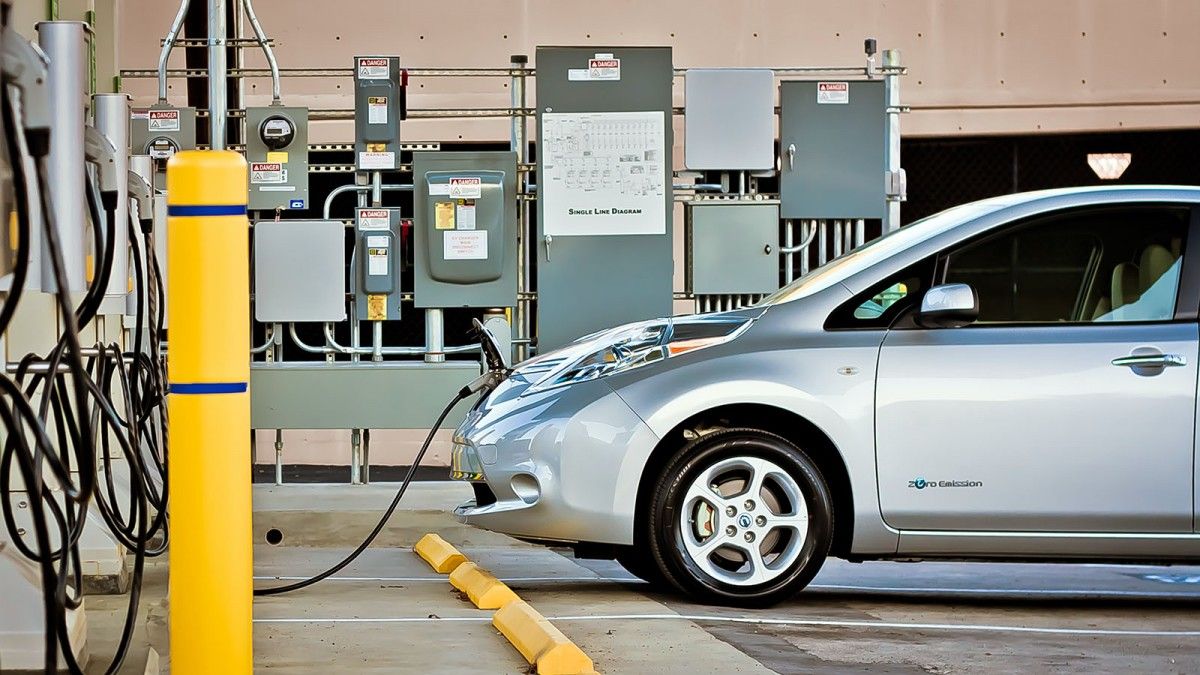
This is how you really get an industry to change its ways. Bloomberg reports that China’s government has announced that any automaker producing or importing more than 30,000 cars in China must ensure 10 percent of them are all-electric, plug-in hybrid, or hydrogen-powered by 2019. That number will rise to 12 percent in 2020.
In fact, the new regulations are actually more lenient than drafts of the rules had suggested: they scrap a 2018 introduction to give manufacturers more time to prepare, and will also excuse failure to meet the quota in the first year. So, really, the 12 percent target in 2020 is the first enforceable number.
That still doesn’t make it very easy, as the Wall Street Journal notes (paywall). Domestic automakers already make plenty of electric cars (largely at the government’s behest), which means that they should be able to meet the numbers, but Western firms will find it harder. In preparation, some have actually set up partnerships with Chinese companies to help them build electric vehicles in time.
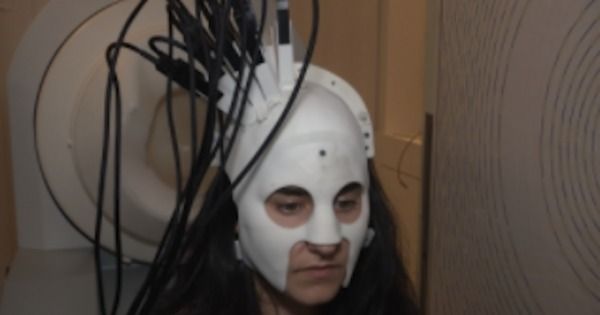

Microsoft’s co-founder has set the bar for AI.
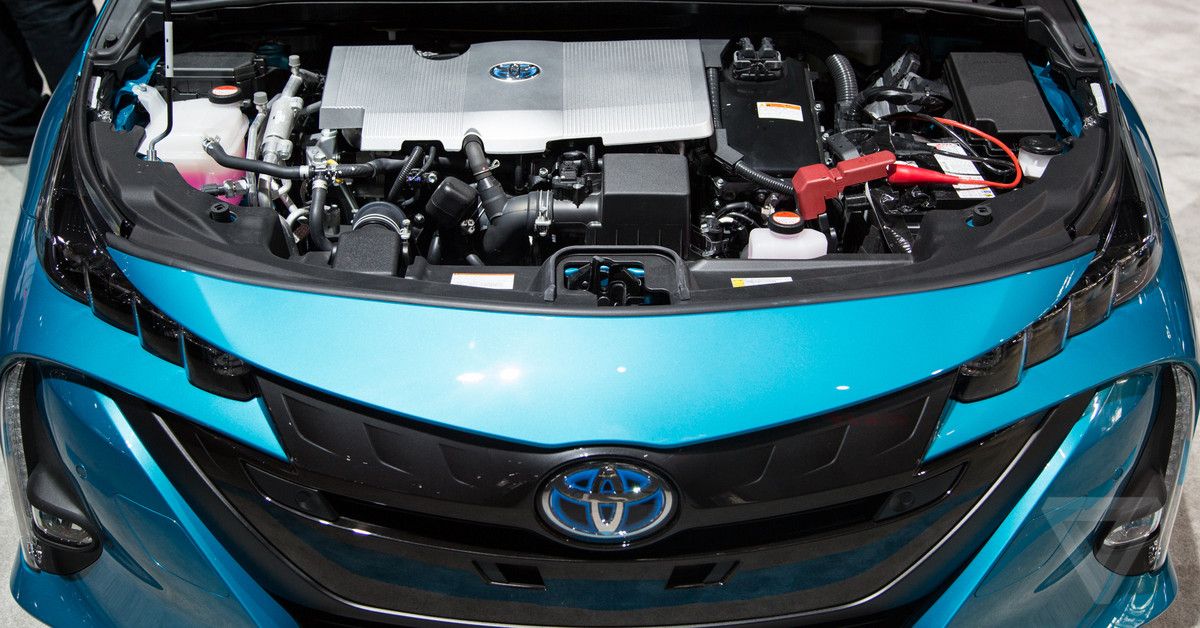
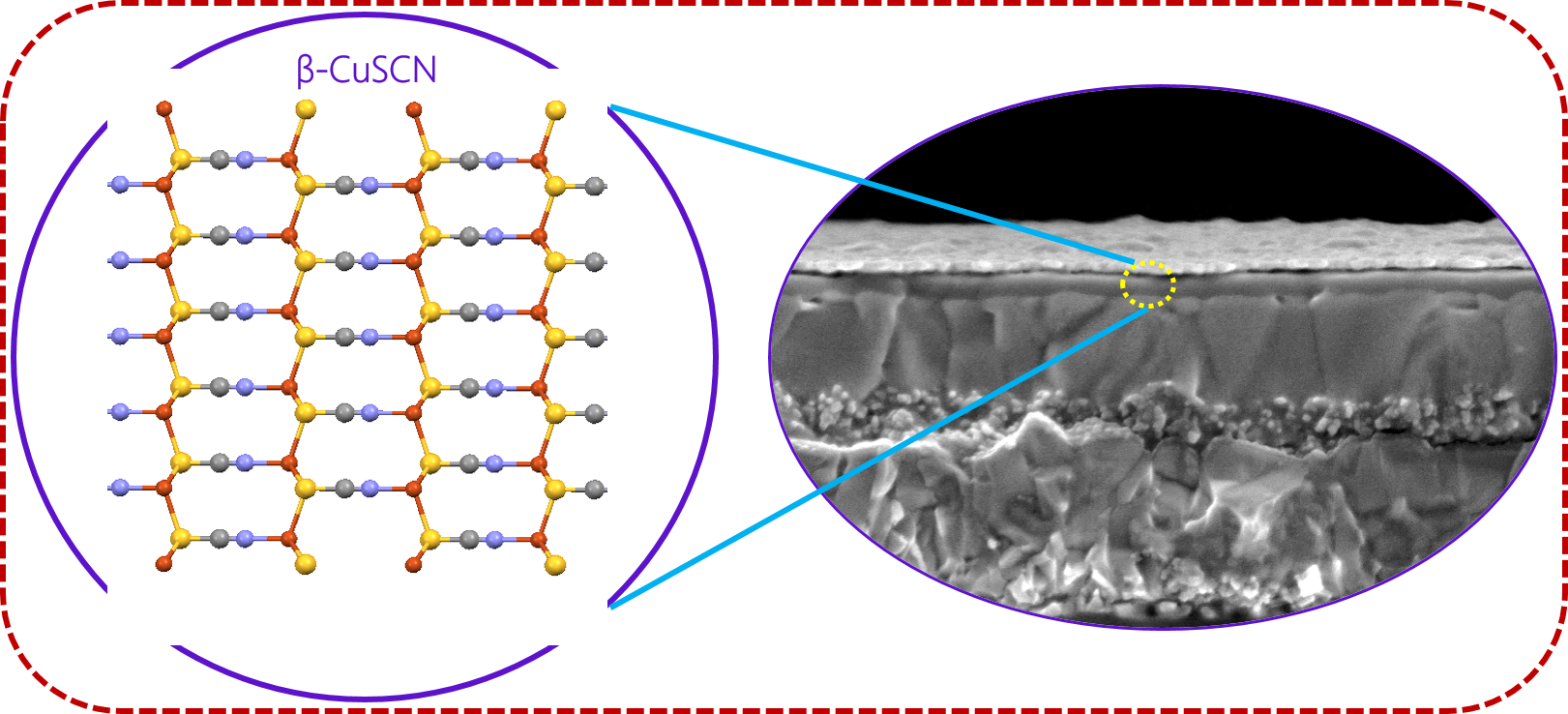
Perovskite solar cells (PSCs) can offer high light-conversion efficiency with low manufacturing costs. But to be commercially viable, perovskite films must also be durable and not degrade under solar light over time. EPFL scientists have now greatly improved the operational stability of PSCs, retaining more than 95% of their initial efficiencies of over 20 % under full sunlight illumination at 60oC for more than 1000 hours. The breakthrough, which marks the highest stability for perovskite solar cells, is published in Science.
Challenges of stability
Conventional silicon solar cells have reached a point of maturation, with efficiencies plateauing around 25% and problems of high-cost manufacturing, heavyweight, and rigidity has remained largely unresolved. On the contrary, a relatively new photovoltaic technology based on perovskite solar cells has already achieved more than 22% efficiency.
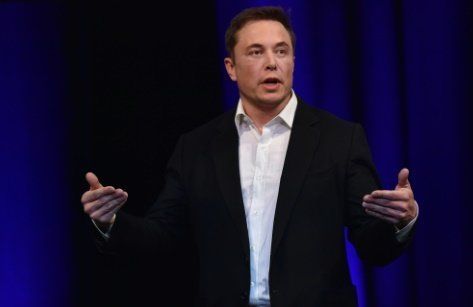
Futurist and inventor Elon Musk unveiled ambitious plans Friday to send cargo ships to Mars in five years and use rockets to carry people between Earth’s major cities in under half-an-hour.
The founder of SpaceX said a planned interplanetary transport system, codenamed BFR (Big Fucking Rocket), would be downsized so it could carry out a range of tasks that would then pay for future Mars missions.
“The most important thing… is that I think we have figured out how to pay for (BFR),” Musk told a packed auditorium at a global gathering of space experts in Adelaide.
